How did Cathay Williams become the first female Buffalo Soldier?
Overview
Although African Americans have served in every American war, it wasn’t until 1866 that Congress passed legislation to create six all African American army units; two cavalry (9th and 10th regiments) and four infantry (38th, 39th, 40th, and 41st regiments). The infantry regiments were reorganized a few years later as the 24th and25th infantry. Soldiers were required to enlist for five years and they received $13 per month, much more than could be earned as a civilian at this time.
Where Buffalo Soldiers Served
Because of the prevailing attitude in the United States following the Civil War, these troops served only west of the Mississippi River. Their primary duty was to protect settlers moving west and to build the infrastructure needed for western expansion and settlement development. The National Parks Service tells us that approximately 500 troops served in Yosemite and Sequoia National Parks where they evicted poachers and timber thieves as well as extinguishing fires. They did all of this in spite of the burden of racism. (United States. National Park Service “Buffalo Soldiers”)
Folklore
There is much lore surrounding the nickname given to these brave men. According to the Buffalo Soldiers National Museum, the nickname first appeared around 1867 and was given by Cheyenne warriors. The translation means “Wild Buffalo” and was given out of respect and the “fierce fighting ability” of the 10th cavalry. (“Brief History”) Global Security cites a fateful day in September 1867 when a soldier accompanying two civilians on a hunting trip were besieged by a band of 70 Cheyenne warriors. Although the civilians died, the soldier fended off the attack with only a pistol and 17 rounds of ammunition until help arrived from a nearby camp. He suffered gunshot and lance wounds, but recovered. Word quickly spread among the Cheyenne of a new kind of soldier: one who fought like a cornered buffalo, and like a buffalo, suffered many wounds and yet did not die, and like the buffalo, had a thick and shaggy mane of hair. (“7th Squadron, 10th Cavalry Regiment”)
Cathay Williams: First Female Buffalo Soldier
So, how does Cathay Williams fit into this picture? According the National Multicultural Western Heritage Museum and Hall of Fame, she’s a young woman who was born into slavery in Jackson County, Missouri in 1842. When Union soldiers moved through the area, she was confiscated as “contraband” and ended up working as a cook and laundress for the 8th Indiana Infantry. (“2007 Hall of Fame Inductee”)
After the war, she wanted to be independent and make her own living, but opportunities were scarce. Based on her experience during wartime, she decided to disguise herself as a man and enlist in the army, changing her name to William Cathey. She served as a the first female Buffalo Soldier for two years before her gender was discovered and she was dismissed from service. She was also denied her military pension, presumably because she was a woman. However, she is the first documented African-American woman to serve in the army until Congress passed legislation in 1948 allowing women to formally serve in the armed forces.
Keeping History Alive
There are many groups honoring the history of the Buffalo Soldiers today. One of them is the Buffalo Soldier Mounted Calvary Unit, a Recollections client, out of Rowland Heights, California. We hope you’ll take a moment to learn more about the Buffalo Soldiers, their place in the history of the United States, and how the units continue to serve today.
Credits
“2007 Hall of Fame Inductee.” National Cowboys of Color Museum and Hall of Fame. Web. 5 Feb. 2015. <http://www.cowboysofcolor.org/profile.php?ID=1>.
“7th Squadron, 10th Cavalry Regiment.” Military. Global Security. Web. 5 Feb. 2015.<http://www.globalsecurity.org/military/agency/army/7-10cav.htm>.
United States. National Park Service. “Buffalo Soldiers.” National Parks Service. U.S. Department of the Interior, 4 Feb. 2015. Web. 8 Feb. 2015. <http://www.nps.gov/yose/historyculture/buffalo-soldiers.htm>.

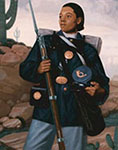







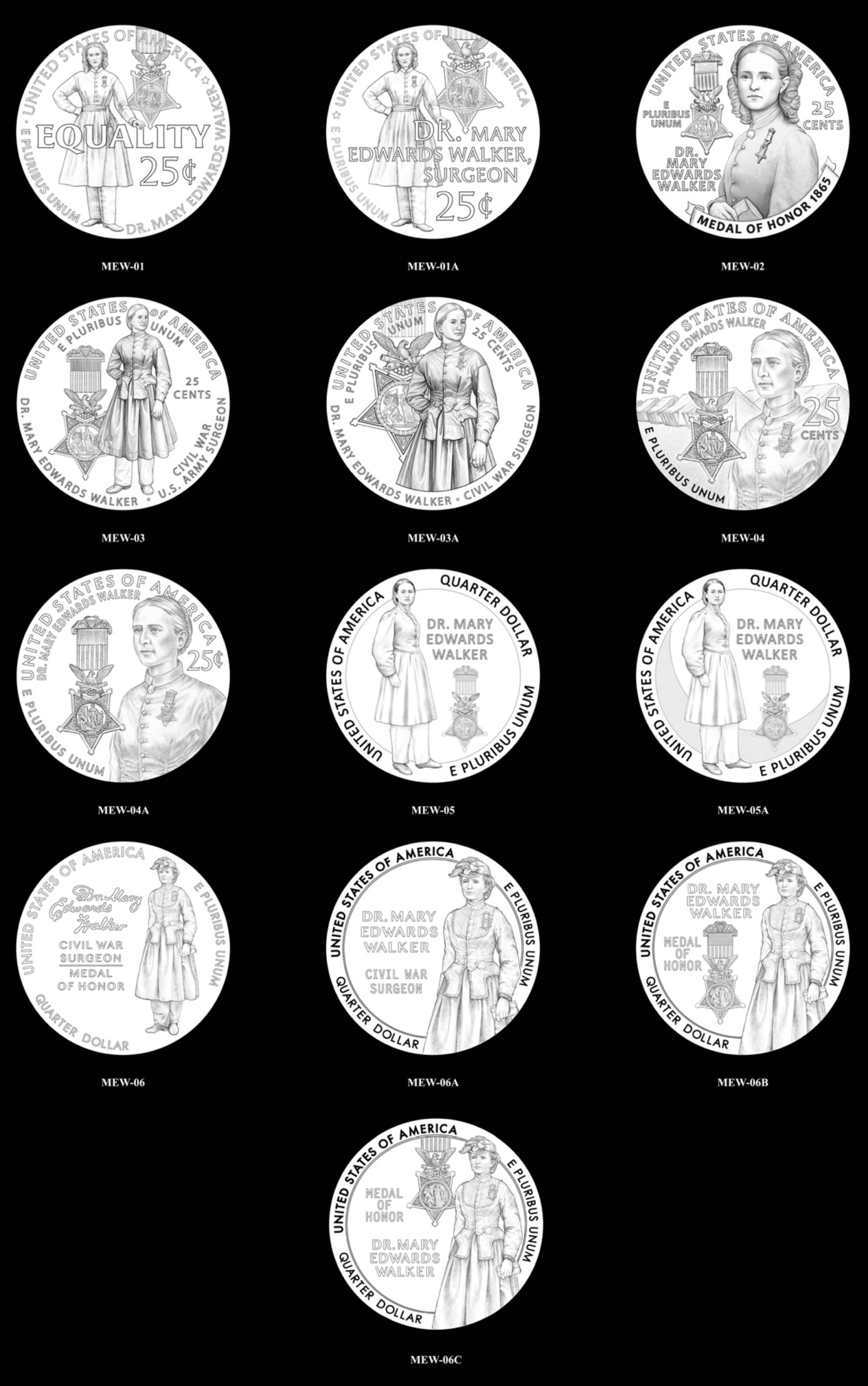
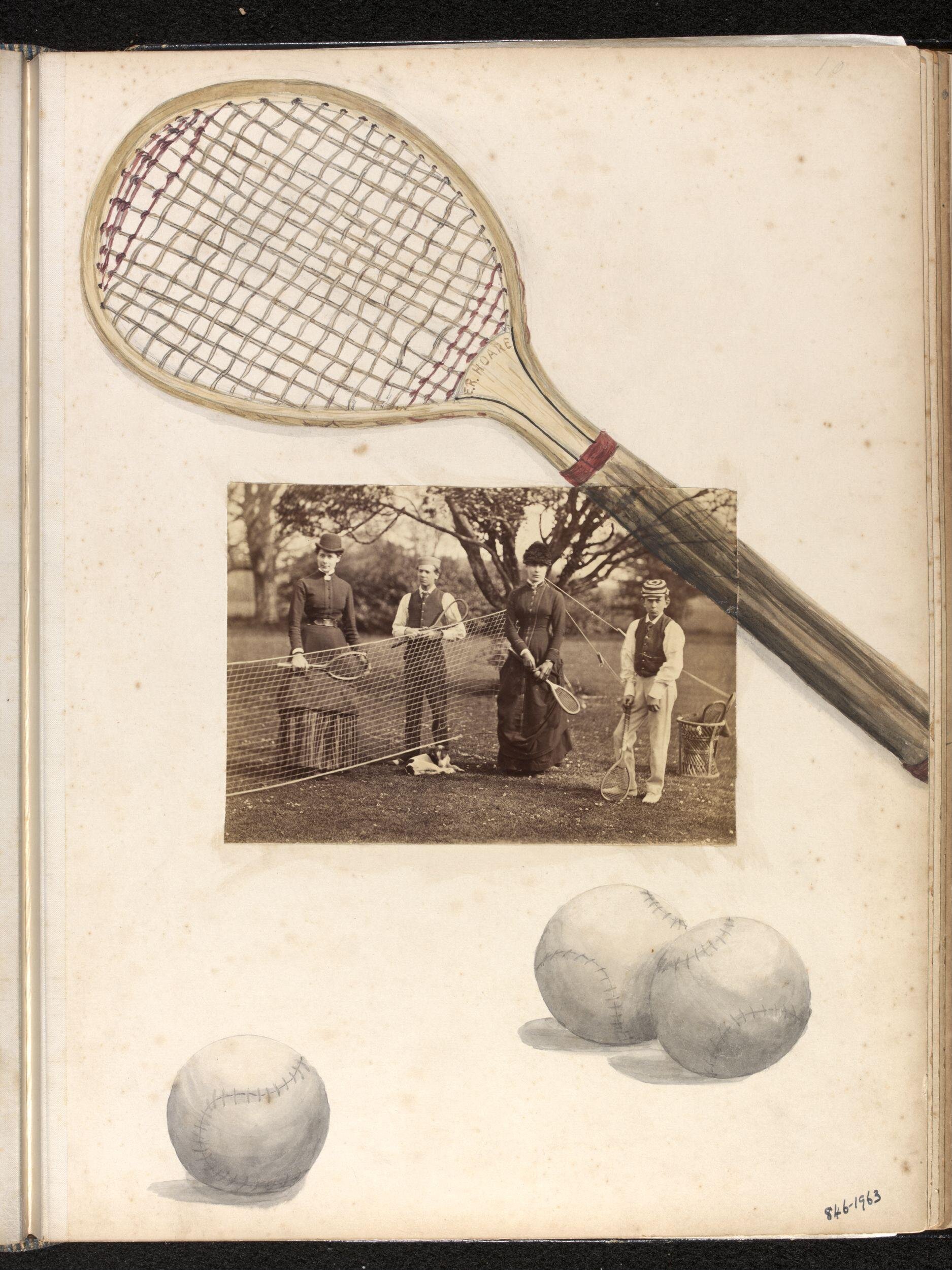
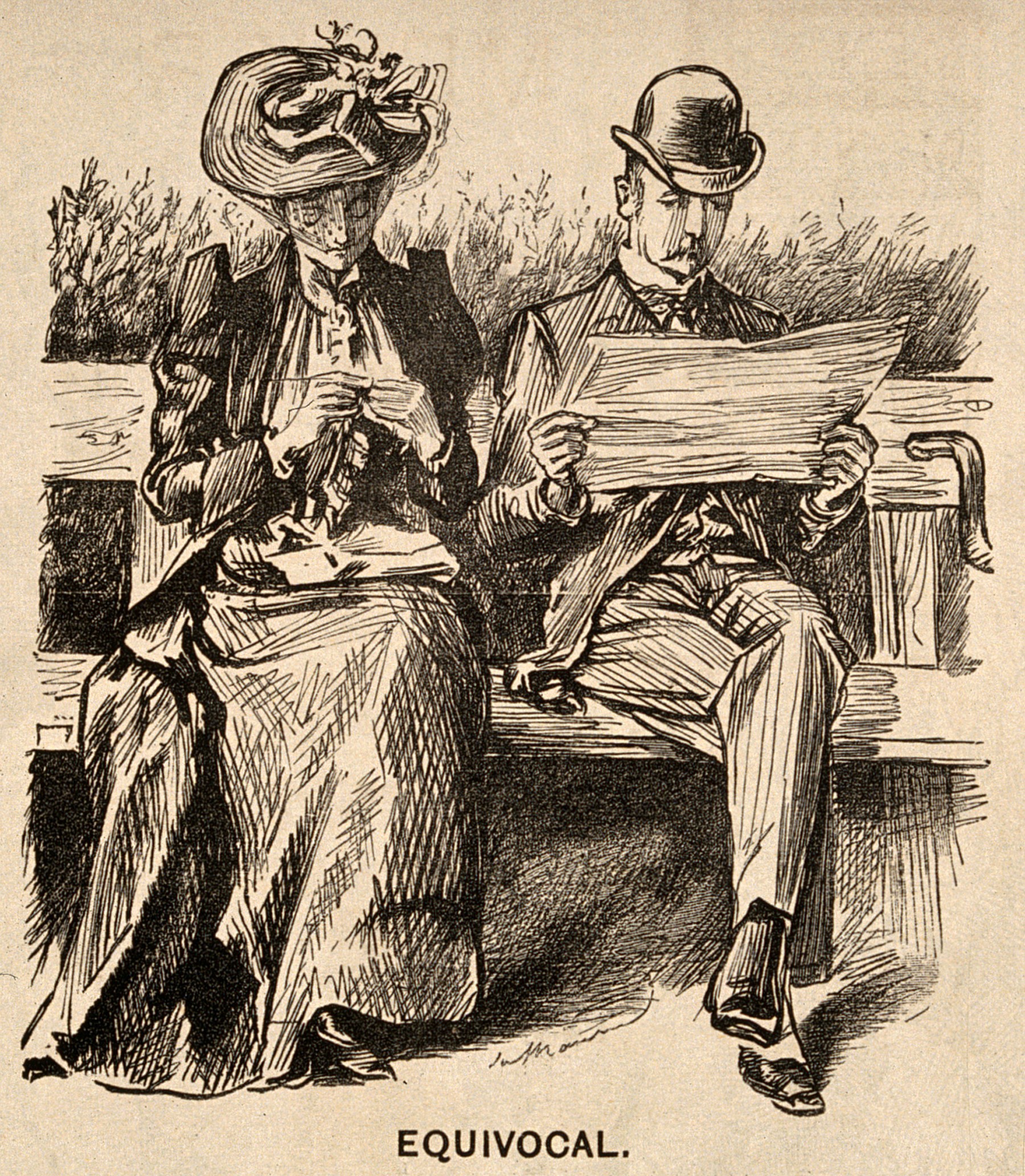
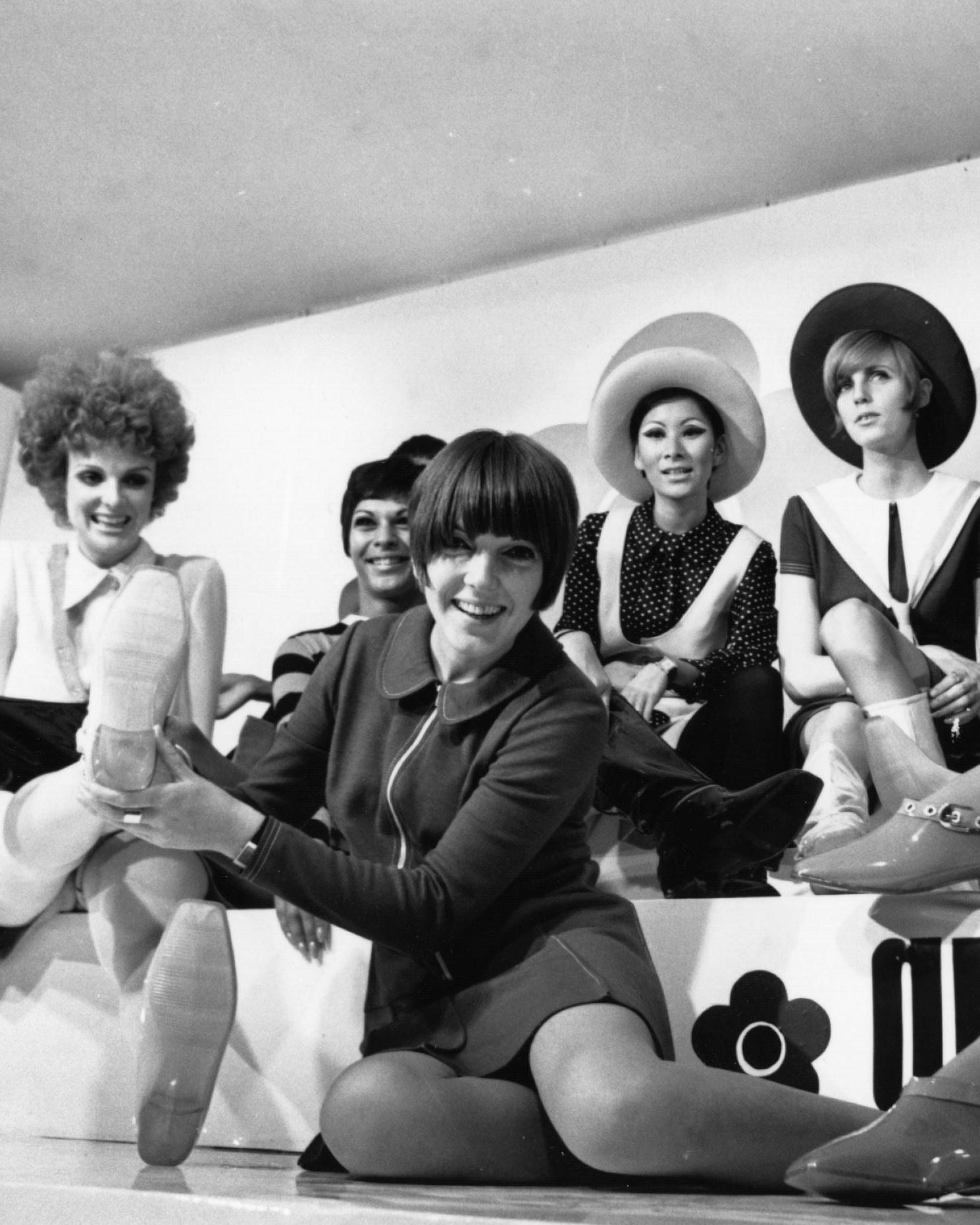
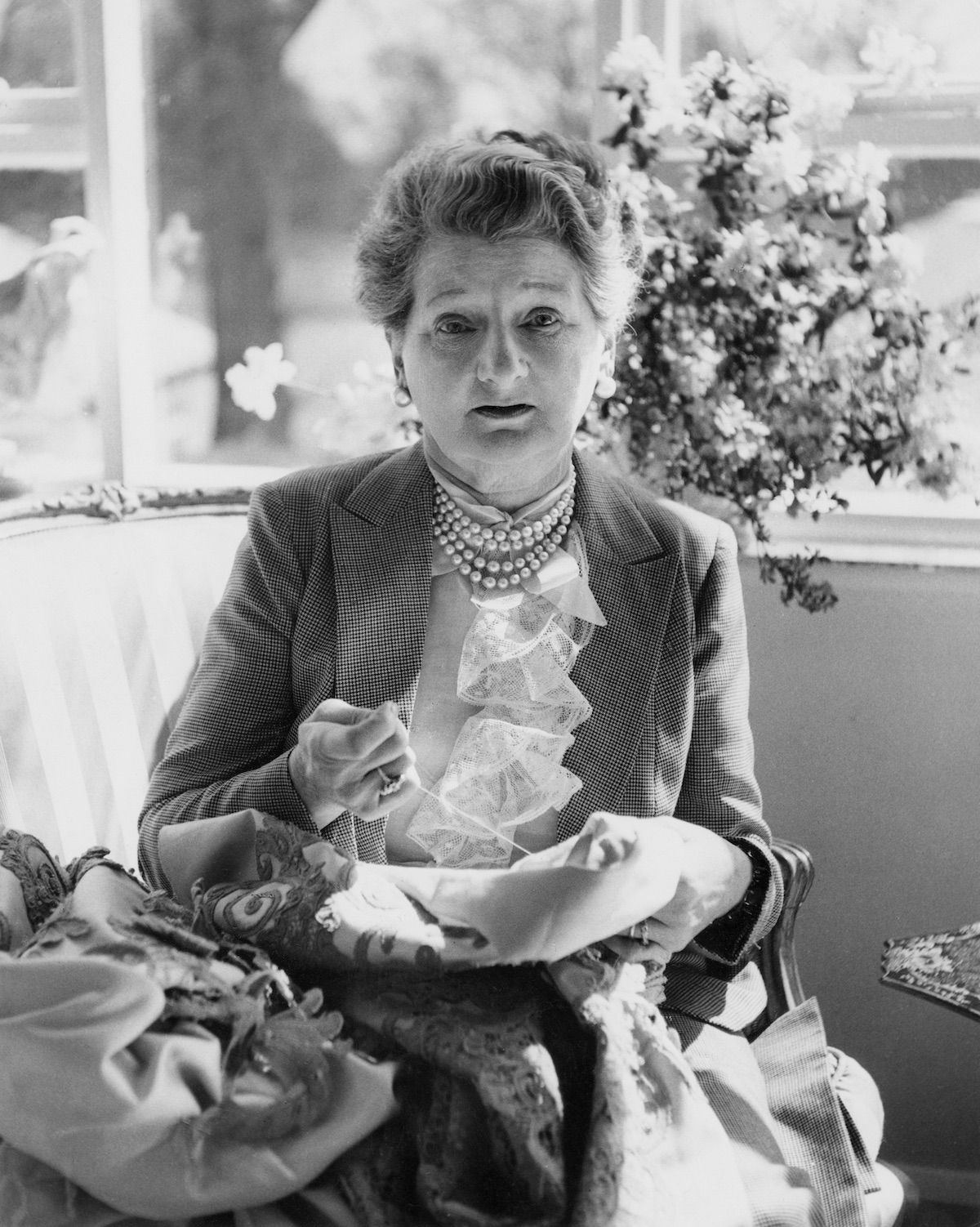
Appreciation to my father who informed me about this weblog, this web site is genuinely amazing.